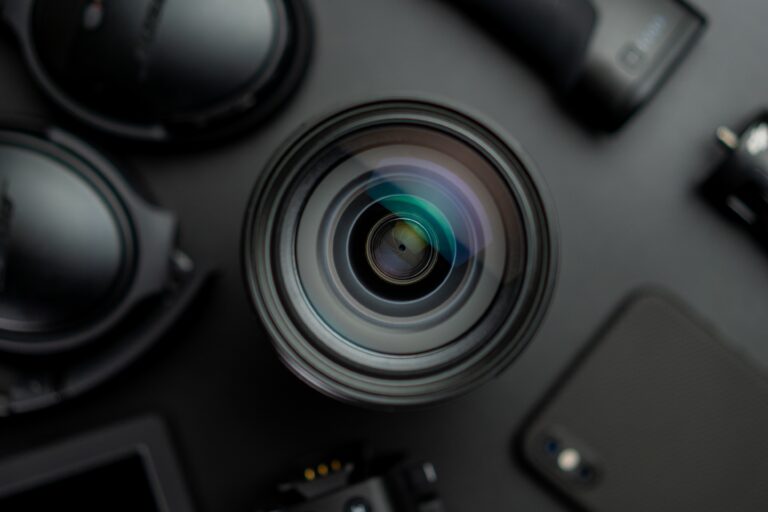SAM
Welcome to Sam Studio!
your ultimate destination for photography, modeling, and freelancing excellence. Elevate your visuals with us!
Contacts
Phone: +971 555 11 88 26
Email: [email protected]
© SAM Studio, 2024. All Rights Reserved.

Why Your Role as a Photographer Is to Empower, Not Objectify, the Model
In the world of photography, especially when working with models, the power dynamics between the photographer and the subject often go unexamined. As photographers, we hold a responsibility not only to capture striking images but also to foster an environment where models feel respected, valued, and empowered. Unfortunately, the line between appreciation and objectification can be blurred if intentionality and ethics are absent from the process.
Let’s explore why empowering models should be central to your photographic approach and how this perspective enriches both the art and the experience.
Let’s explore why empowering models should be central to your photographic approach and how this perspective enriches both the art and the experience.
The Fine Line Between Empowerment and Objectification
Photography inherently involves interpretation. Through composition, lighting, and framing, you make artistic decisions that shape how the subject is perceived. However, when the focus shifts from celebrating the model’s individuality to treating them as mere objects of visual appeal, the imagery loses its soul. Objectification reduces a model to a static idea, often perpetuating stereotypes or ideals that may not align with their authentic self.
Empowerment, on the other hand, begins with recognizing the humanity and individuality of your subject. It’s about creating an equal collaboration where the model’s personality, story, and input become integral to the creative process. In doing so, your work gains depth and connection—a far cry from one-dimensional objectification.
Empowerment, on the other hand, begins with recognizing the humanity and individuality of your subject. It’s about creating an equal collaboration where the model’s personality, story, and input become integral to the creative process. In doing so, your work gains depth and connection—a far cry from one-dimensional objectification.
Why Empowerment Matters in Photography
1. Building Trust and Comfort
Empowered models radiate confidence. When they trust the photographer to respect their boundaries, they feel more at ease, allowing for authentic expressions and dynamic poses. This results in imagery that resonates on a deeper level because it reflects genuine emotion and comfort.
2. Shaping Industry Standards
The photography industry has long been criticized for perpetuating harmful ideals, from unrealistic beauty standards to exploitative practices. As a photographer, you have the power to challenge these norms. By showcasing diverse, empowered representations of beauty, you can influence both public perception and industry practices for the better.
3. Creating Meaningful Art
Empowered subjects bring their own stories and energy into the frame. This collaboration enriches your work, transforming your images from mere technical achievements into meaningful art. The emotional depth of an empowered subject is something no amount of technical mastery can replicate.
Strategies for Empowering Models
1. Establish Clear Communication
From the first interaction, prioritize transparency. Discuss the concept, share your creative vision, and invite their input. This fosters a sense of collaboration and ensures the model feels heard and respected.
2. Respect Boundaries
Always seek consent before attempting poses, wardrobe adjustments, or concepts that may push personal limits. Empowerment is rooted in consent, and a respectful approach ensures that the model feels in control throughout the shoot.
3. Celebrate Diversity
Challenge conventional norms by working with models of different backgrounds, body types, and identities. Representation matters, and inclusive imagery is a powerful way to empower underrepresented voices.
4. Provide a Safe Environment
Create a professional and supportive atmosphere on set. Ensure that the team—from makeup artists to assistants—shares the same respect for the model. The environment you curate significantly impacts the model’s sense of safety and comfort.
5. Offer Constructive Feedback
During the shoot, guide the model with positive reinforcement. Celebrate what’s working and offer suggestions in a way that uplifts rather than critiques. Empowerment thrives in an atmosphere of encouragement.
Real-Life Examples of Empowerment in Action
Case Study 1: Challenging Beauty Standards
A photographer working with a plus-size model chose to highlight her strength and elegance rather than conform to traditional posing styles that often diminish larger bodies. By allowing the model to actively contribute ideas, the resulting images celebrated her individuality and redefined notions of beauty.
Case Study 2: Giving Voice to Stories
During a portrait session with a survivor of domestic abuse, the photographer focused on capturing her resilience rather than framing her solely as a victim. The model shared her story through the session, and the empowering narrative of strength became the focus of the imagery.
Conclusion: Empowerment Elevates Everyone
When photographers prioritize empowerment, they create a ripple effect that extends beyond the shoot. Empowered models walk away with increased confidence, audiences see representations that inspire, and photographers themselves gain the satisfaction of producing art that uplifts rather than diminishes.
Remember, photography is a collaborative art form. By embracing your role as an advocate for empowerment, you elevate your craft and contribute positively to an industry that desperately needs it. In every session, ask yourself: Am I honoring my subject’s humanity? When your answer is yes, the artistry will naturally follow.